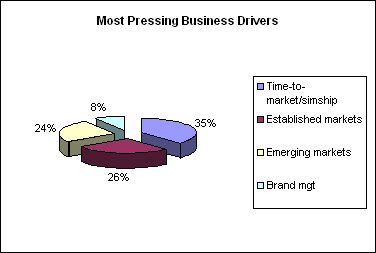UMass professor Nora Barnes has added to her earlier research on enterprise adoption of social software, this time focused on use by universities. Below is an intro with a link from her announcement. Also see our Collaboration & Social Computing Blog where Geoff comments on a new report by McKinsey.
Earlier this year, my research partner, Eric Mattson and I revealed that the fast-growing companies of the Inc. 500 are adopting social media faster than anyone would have predicted based on the previous research into corporate social media (summary). I sent you that announcement. Those findings were actually picked up and featured in Business Week in March!
For our most recent research, we followed up on that survey by examining the social media usage of the “marketing teams” (a.k.a. admissions departments) of 453 colleges and universities nationwide. The results are fascinating. I thought you’d be interested.
Generally, the “marketing teams” of academic institutions are more familiar with and adopting social media faster (especially blogs) than even the innovative companies of the Inc. 500. Even more importantly, they are using social media and search engines to research potential students. No longer can applicants behave irresponsibly online without potential consequences to their futures (and their parents’ sanity).
An executive summary of the results entitled The Game Has Changed: College Admissions Outpace Corporations in Embracing Social Media can be downloaded here from the website of the UMD Center for Marketing Research.


